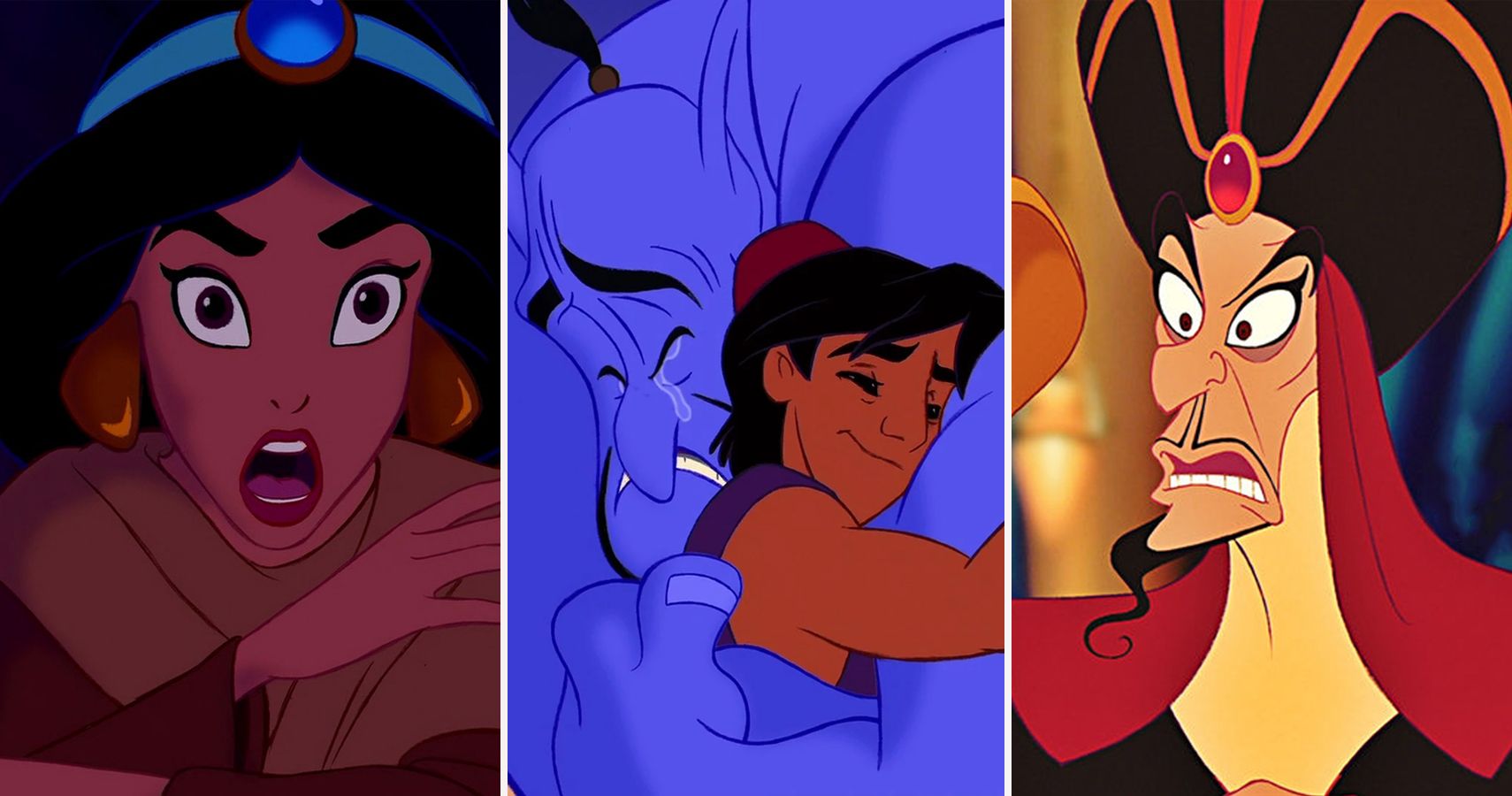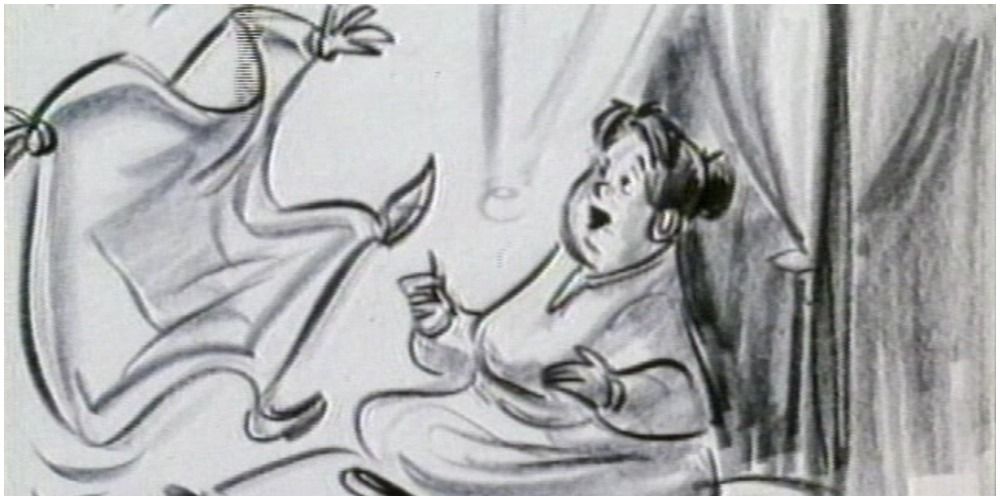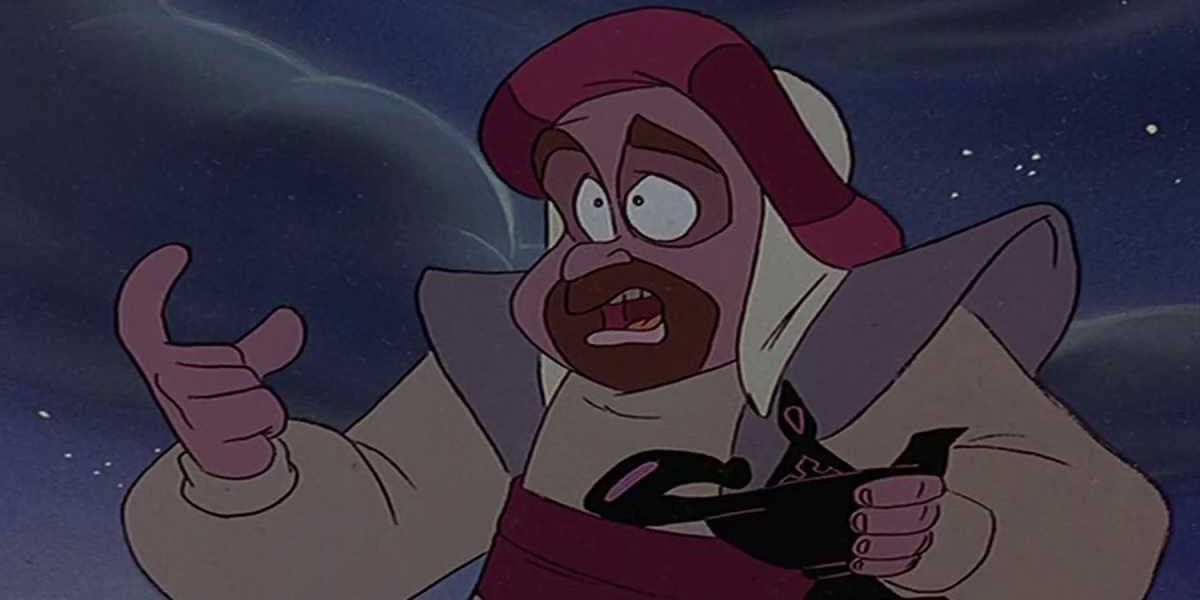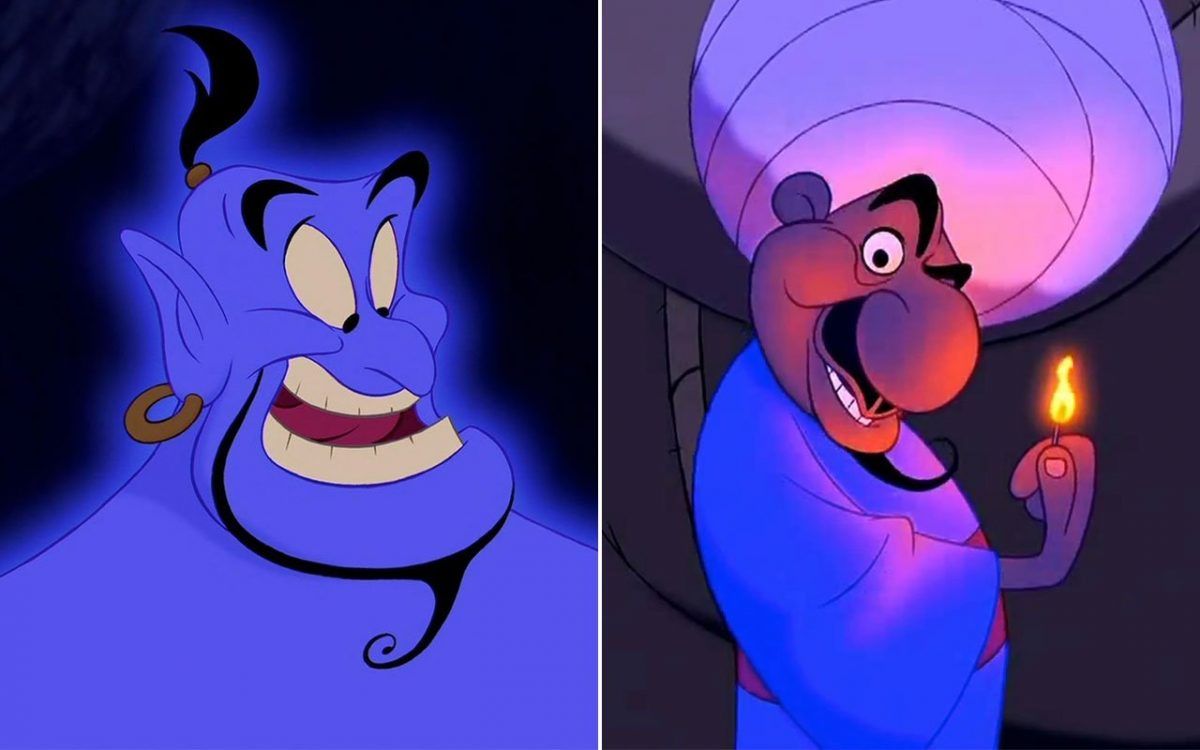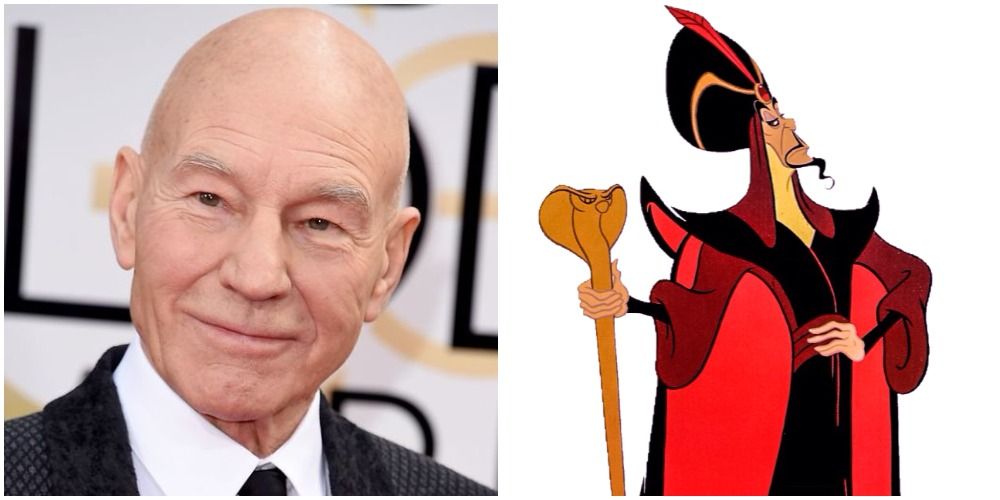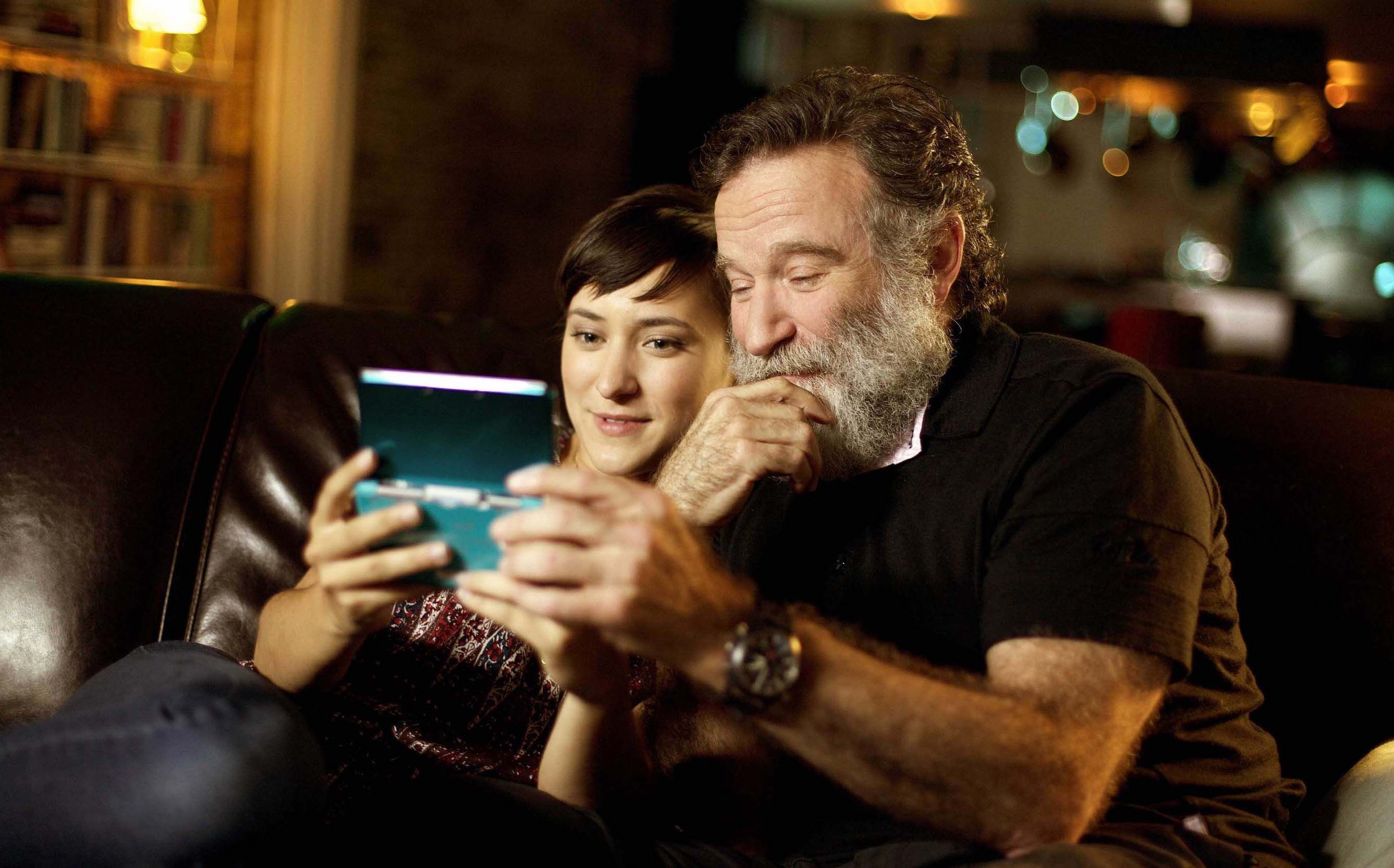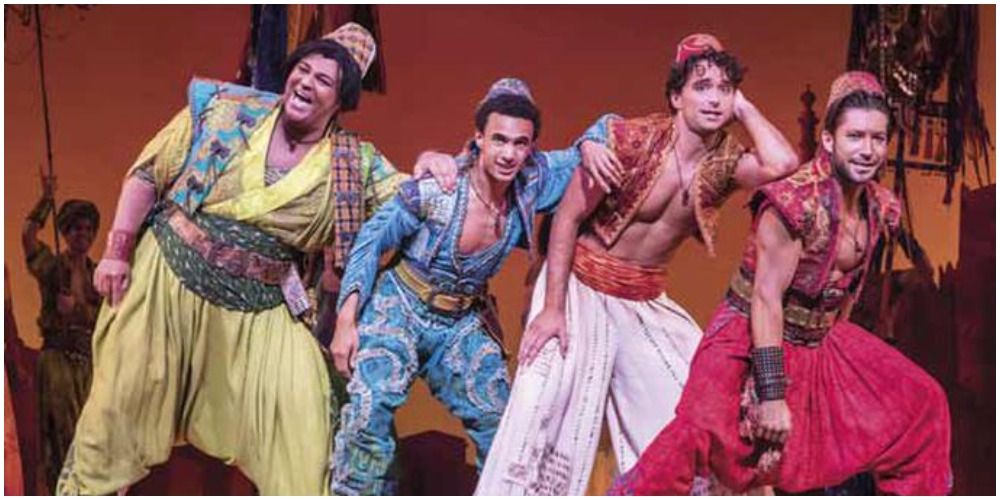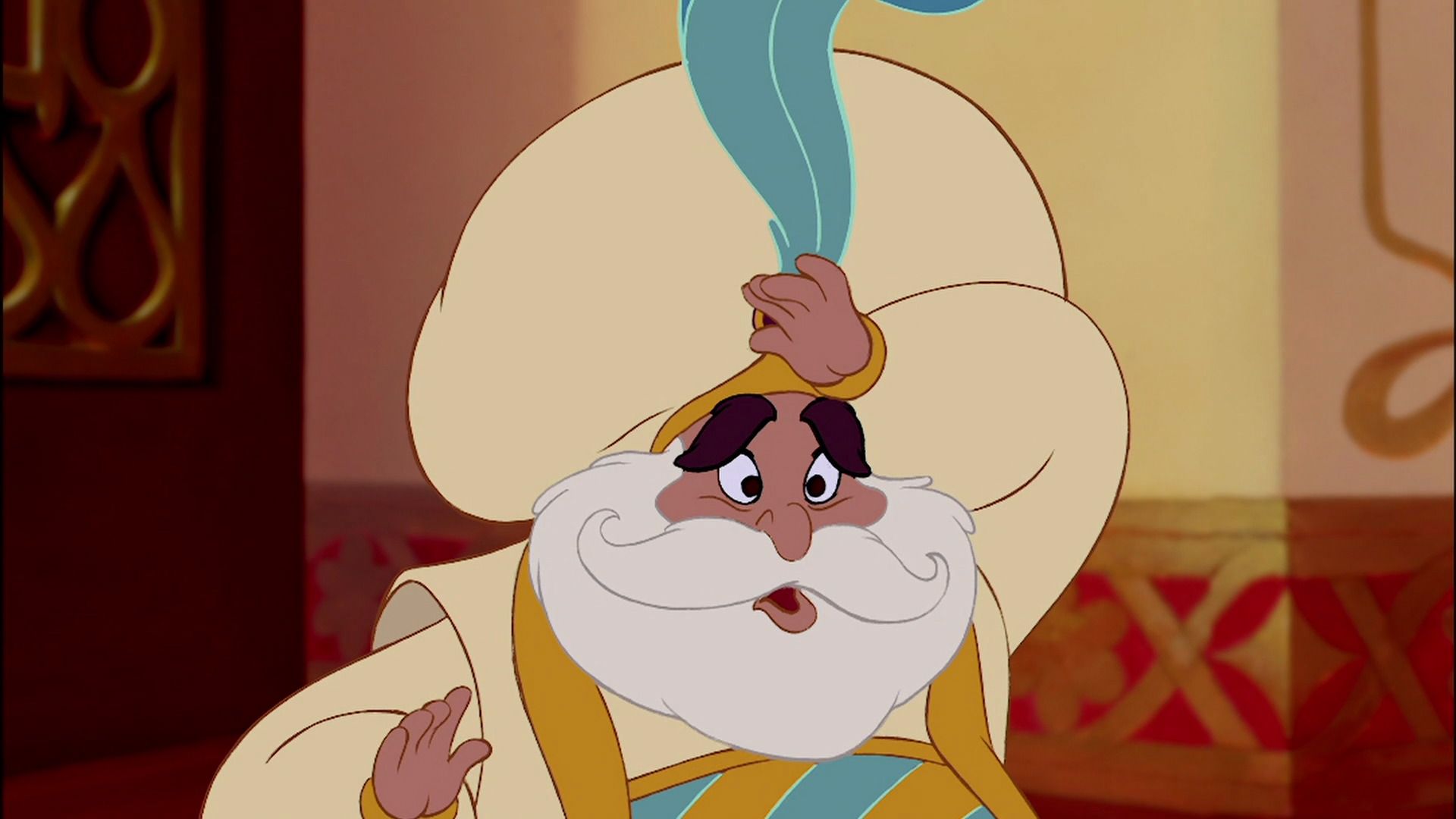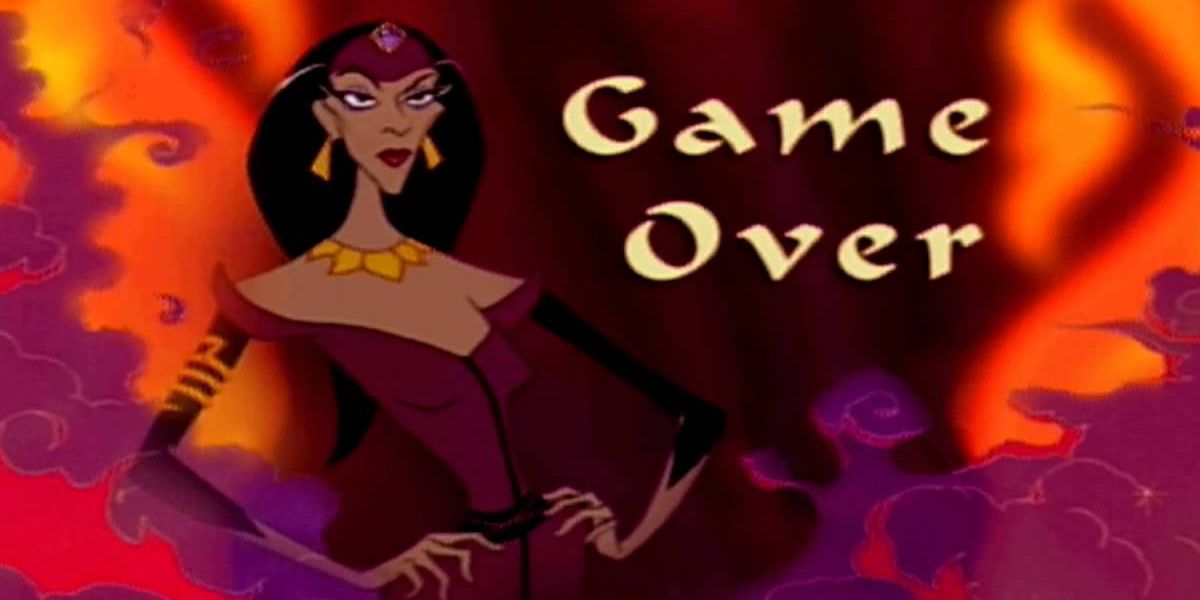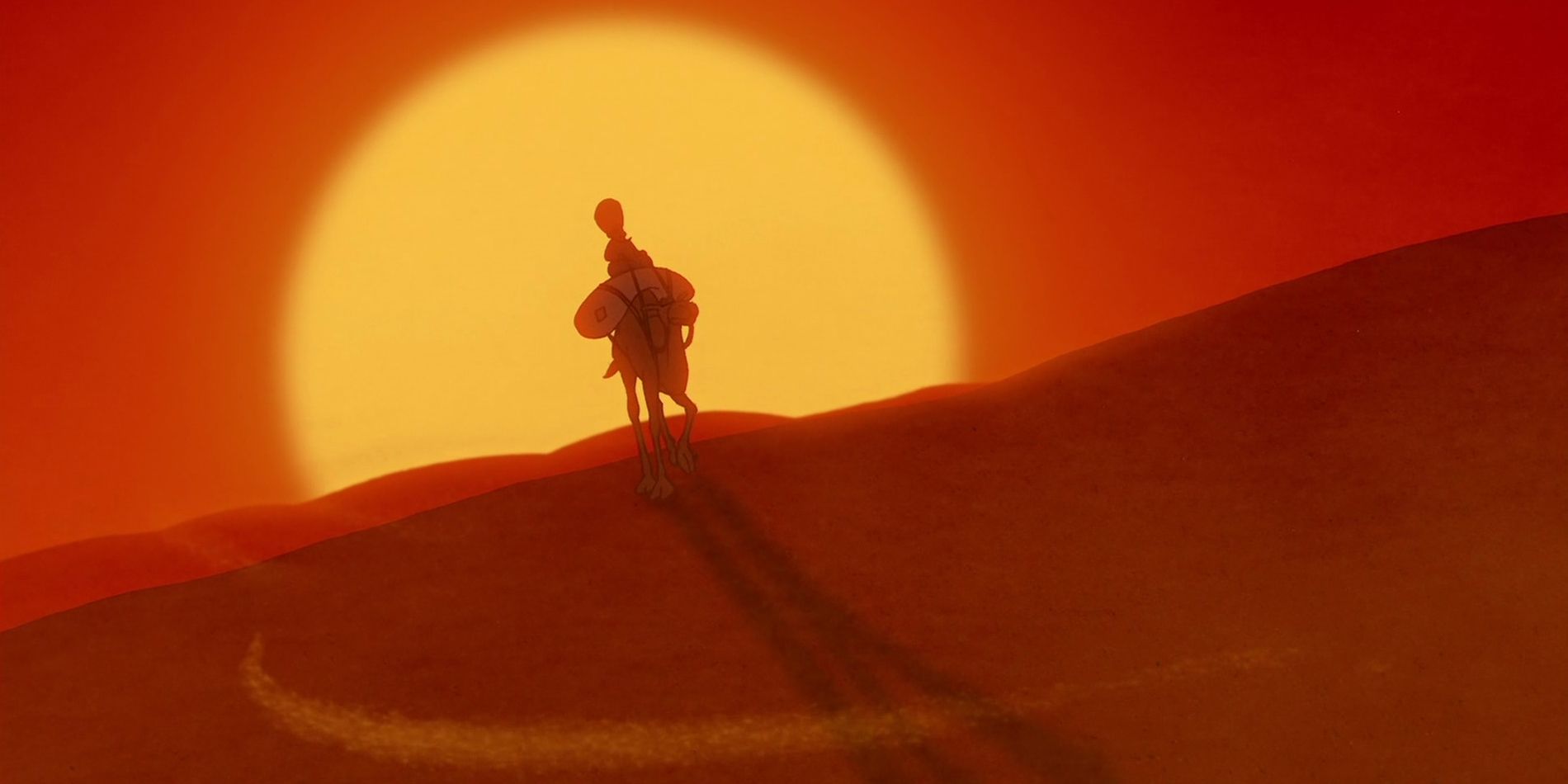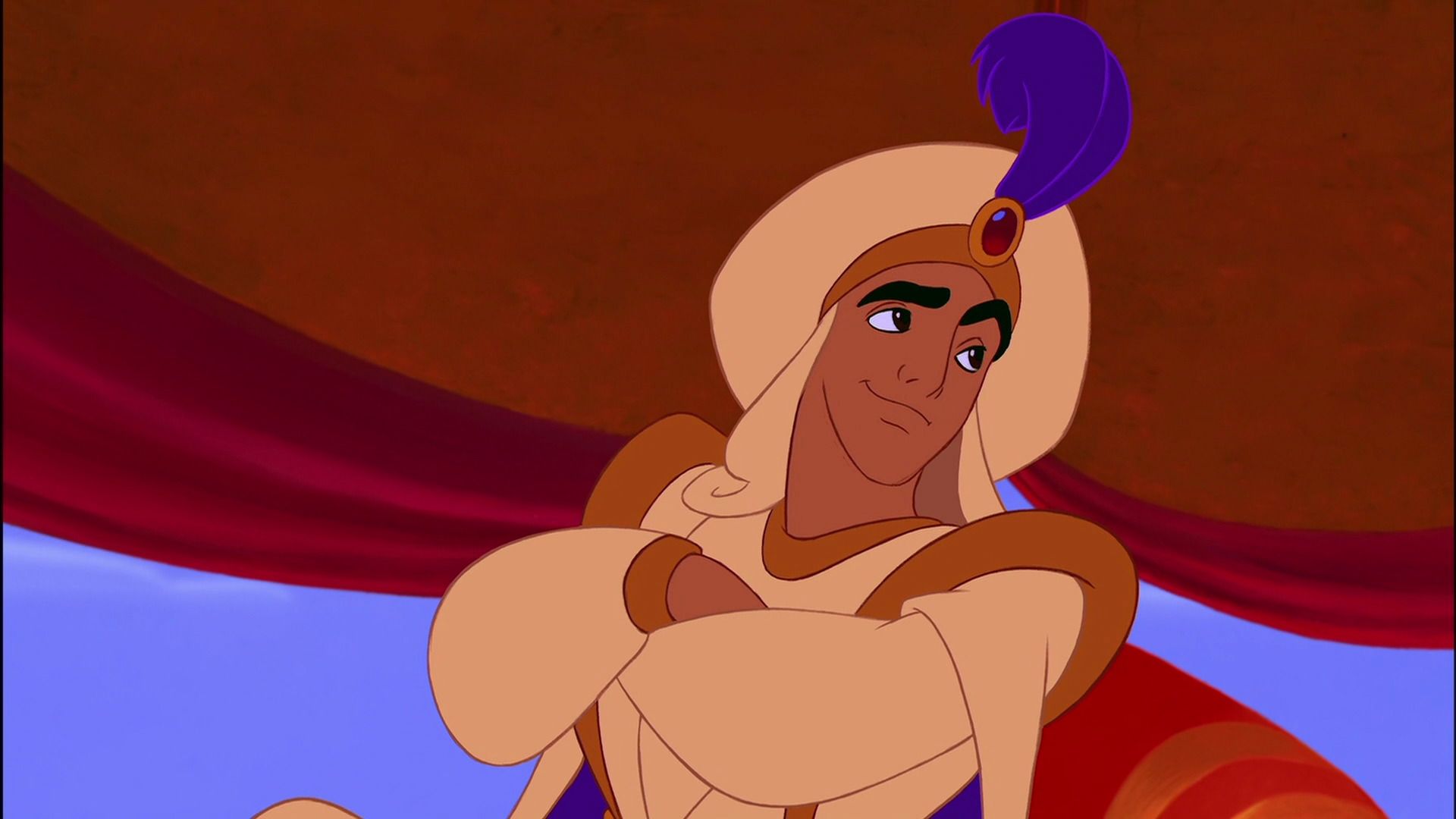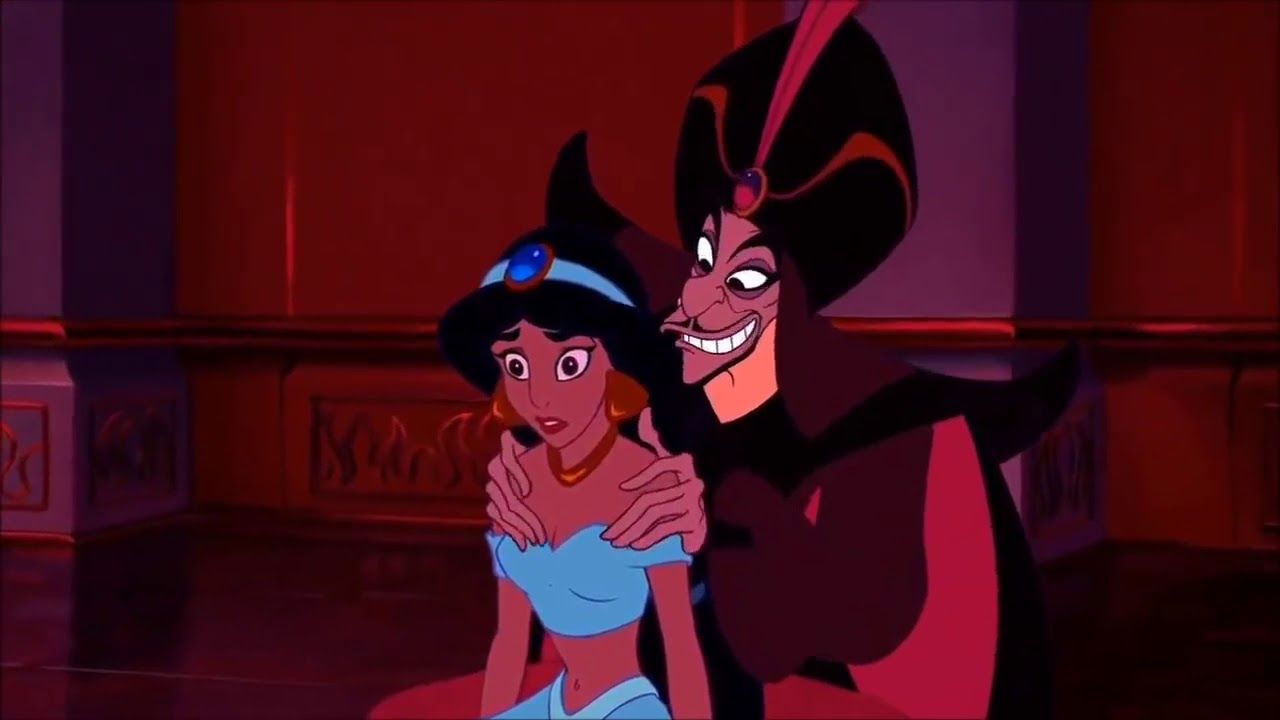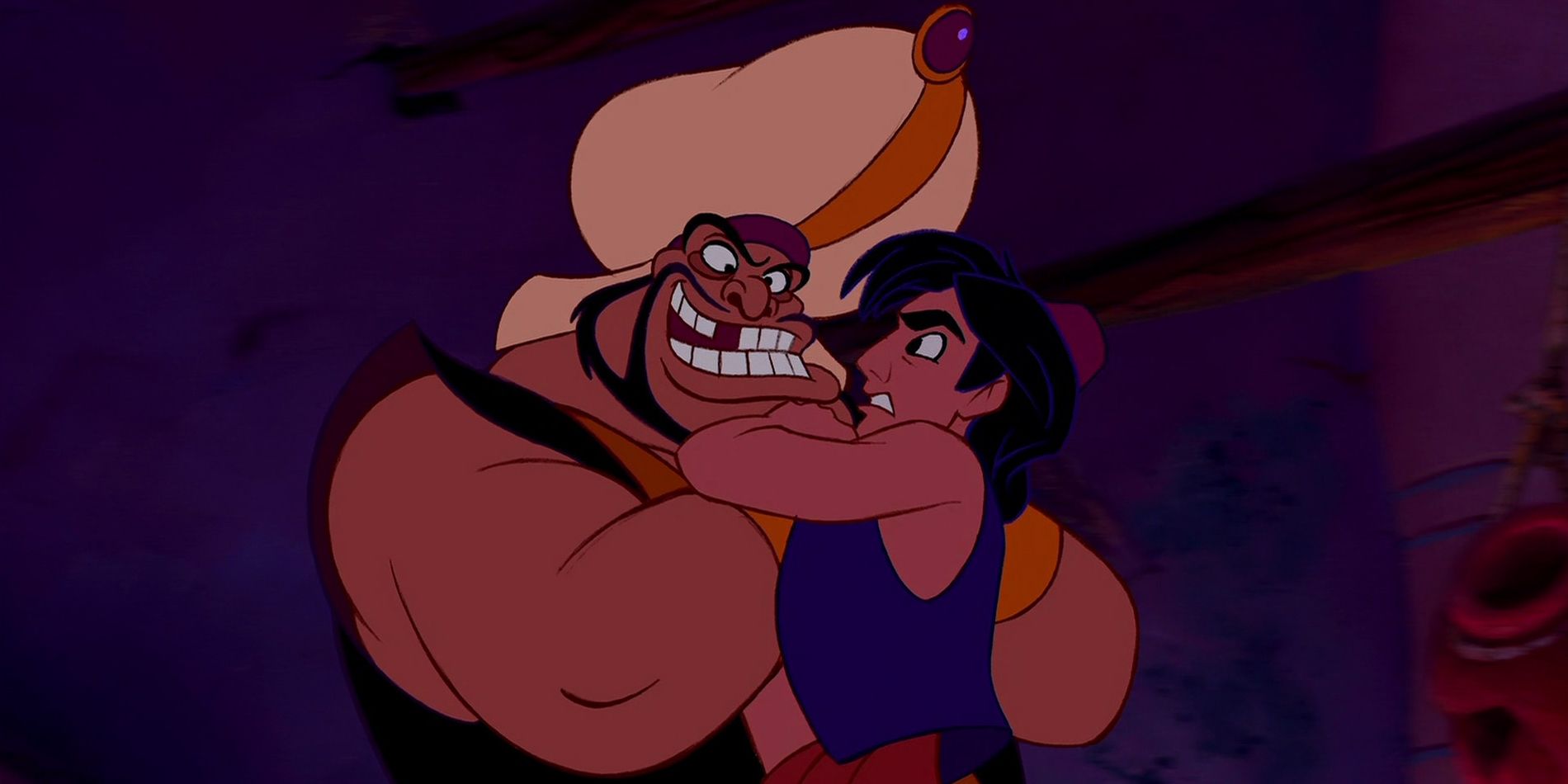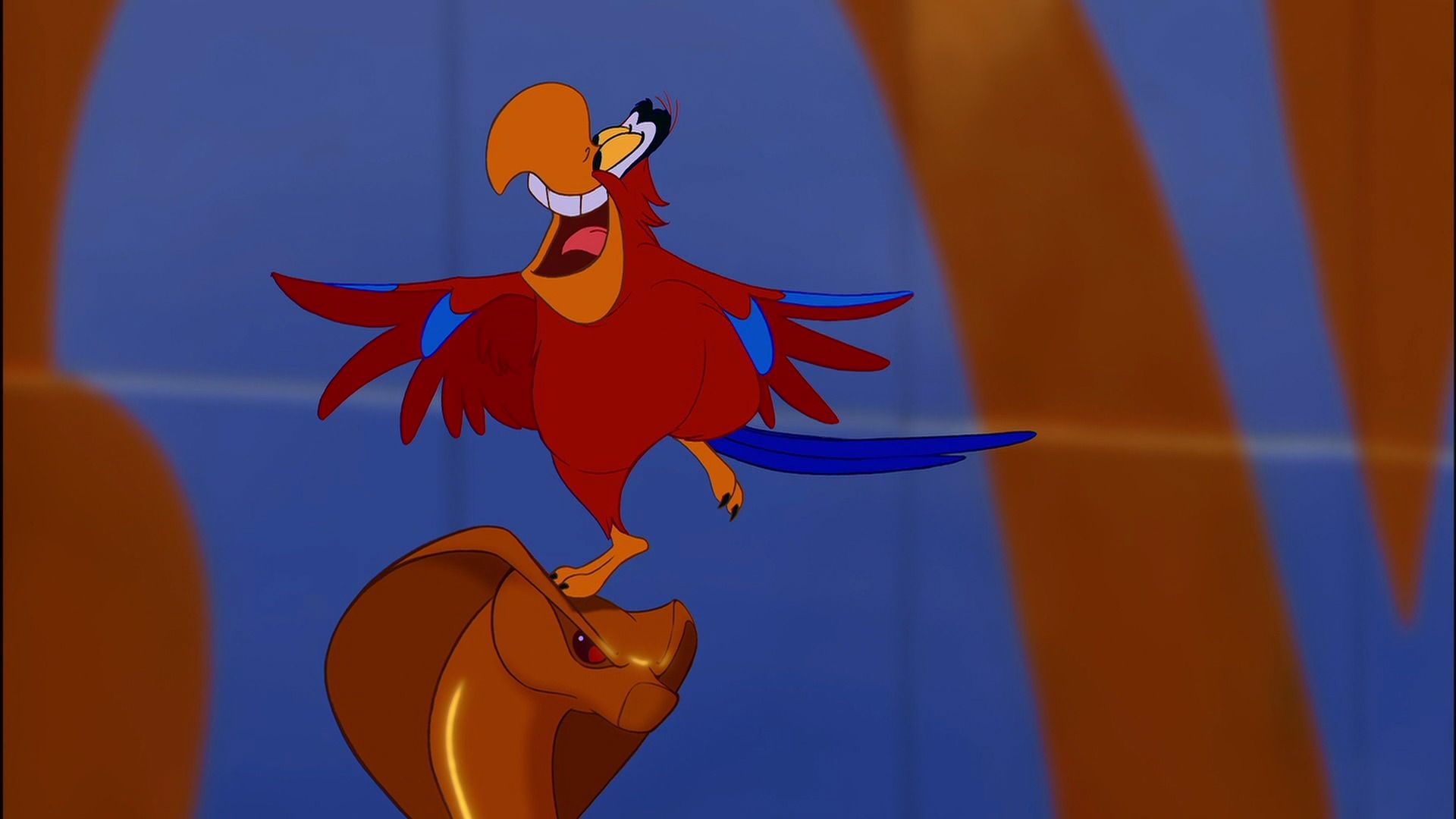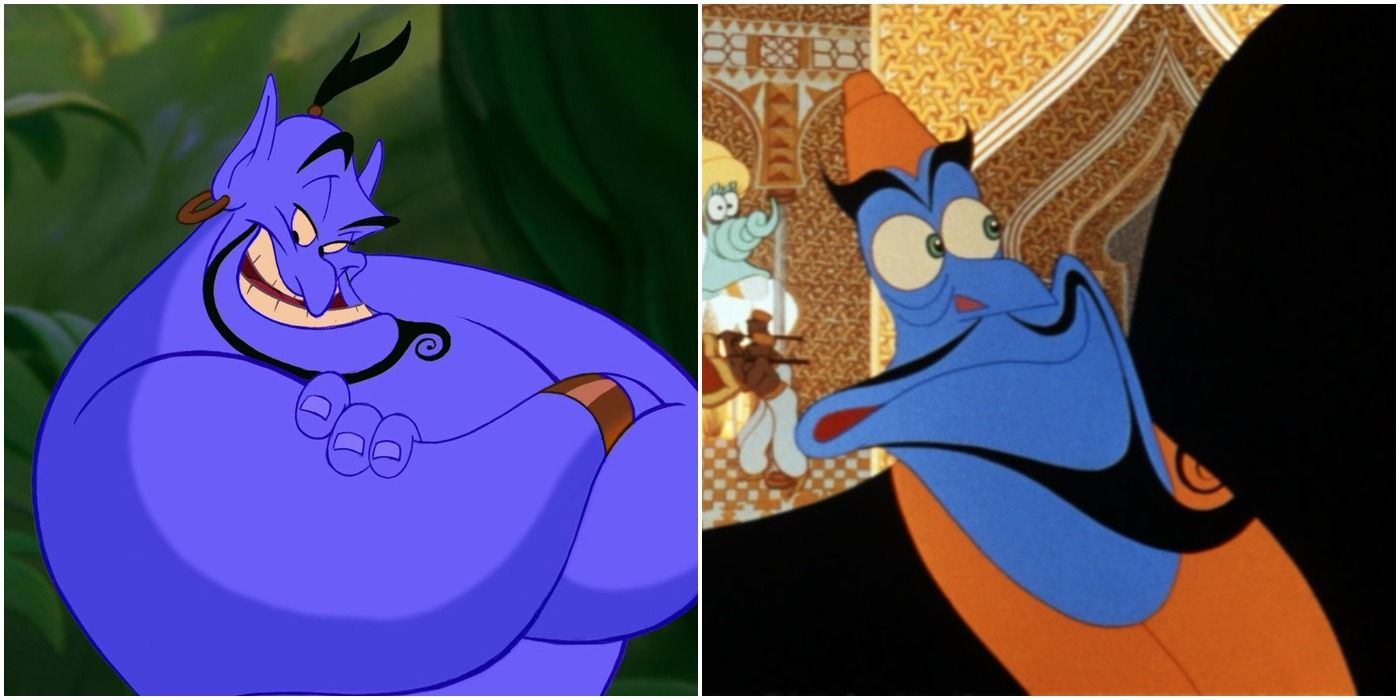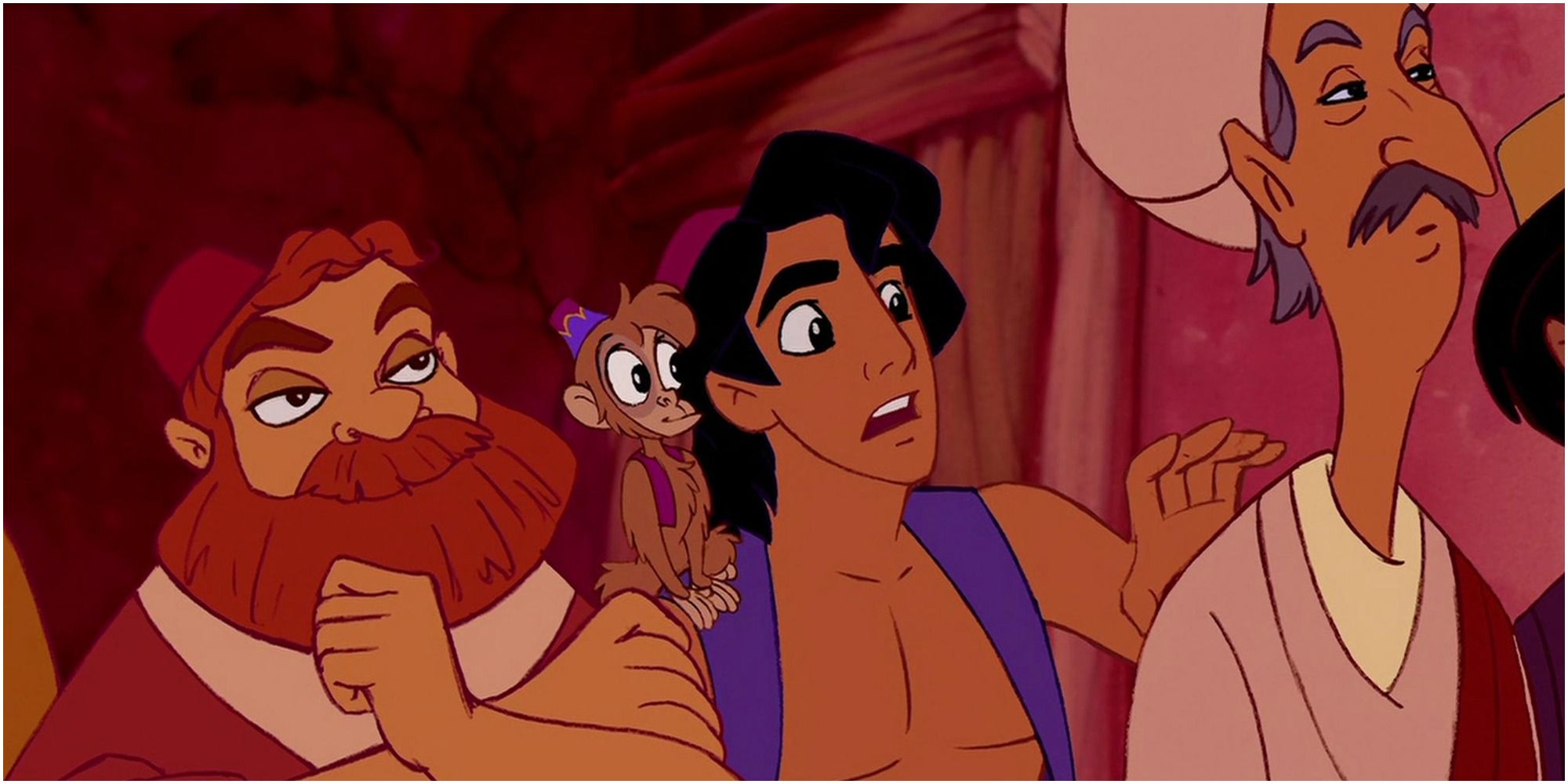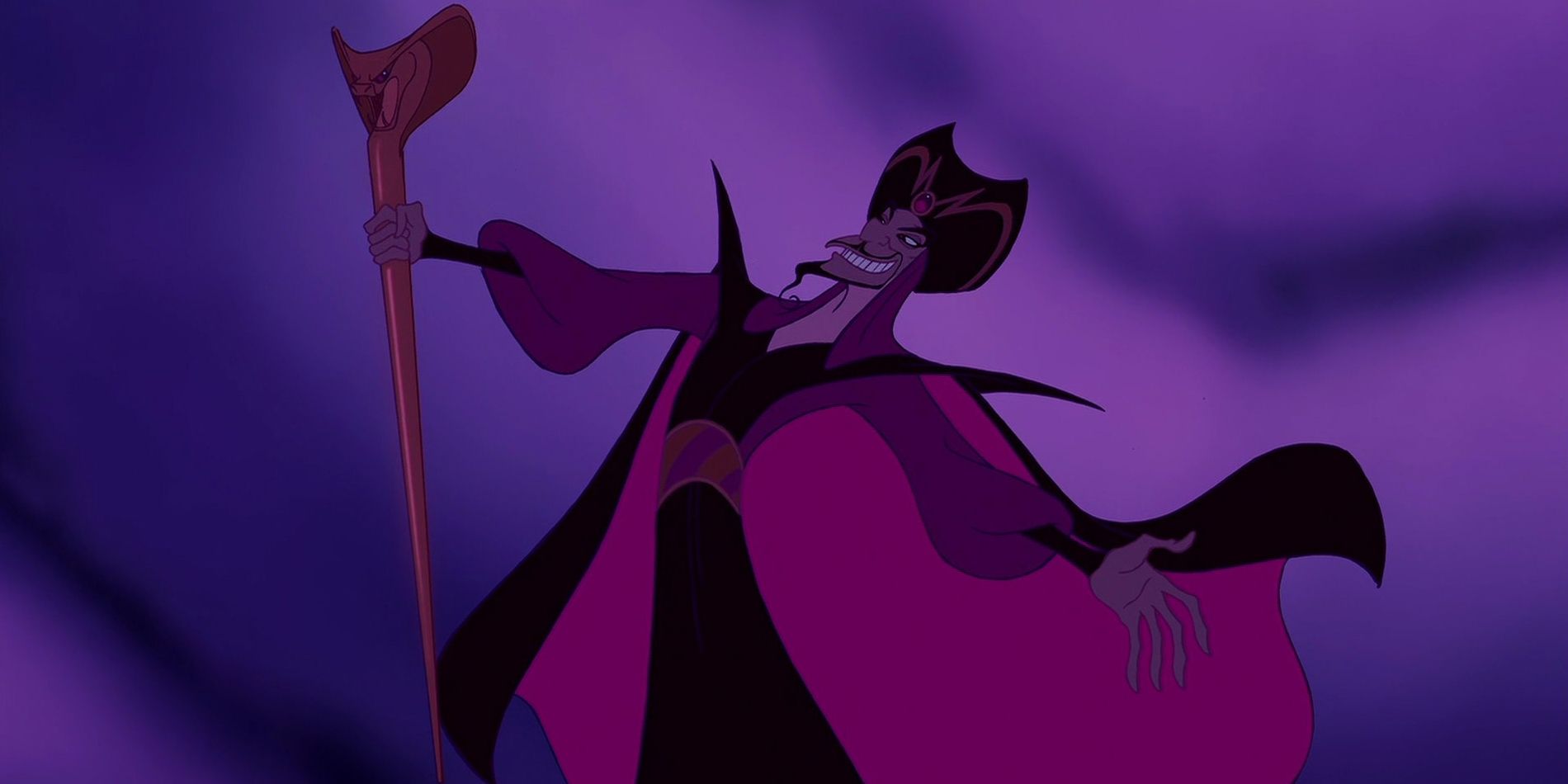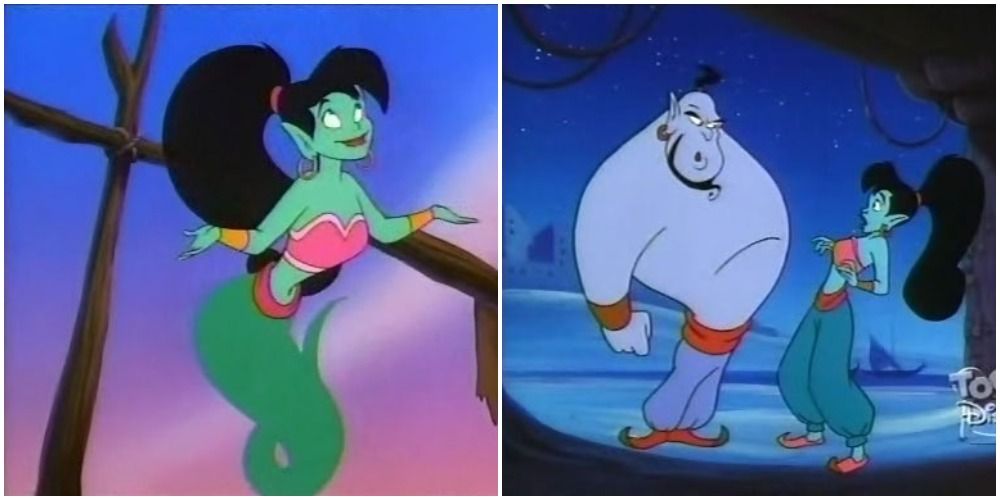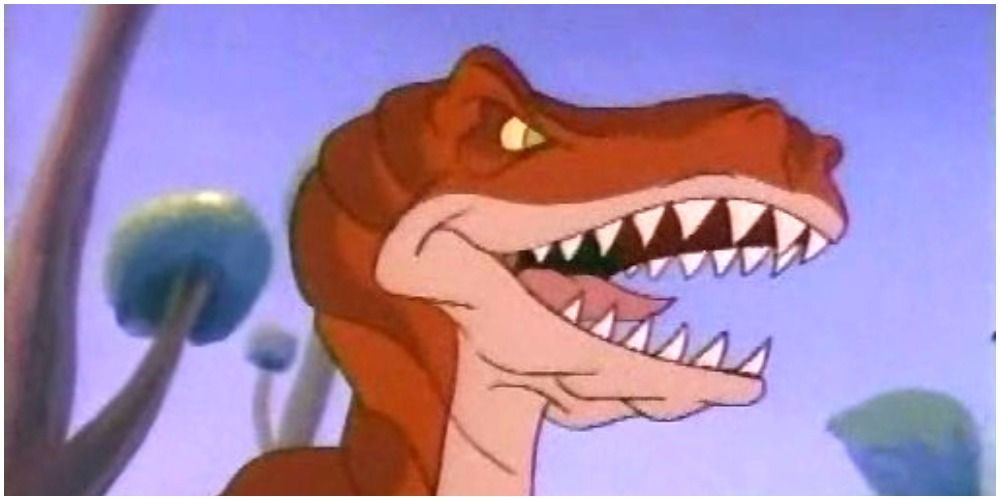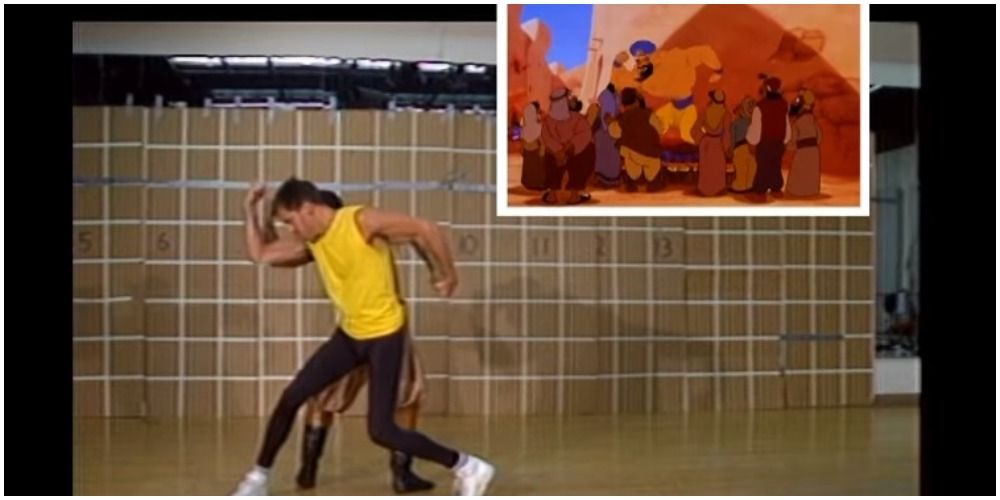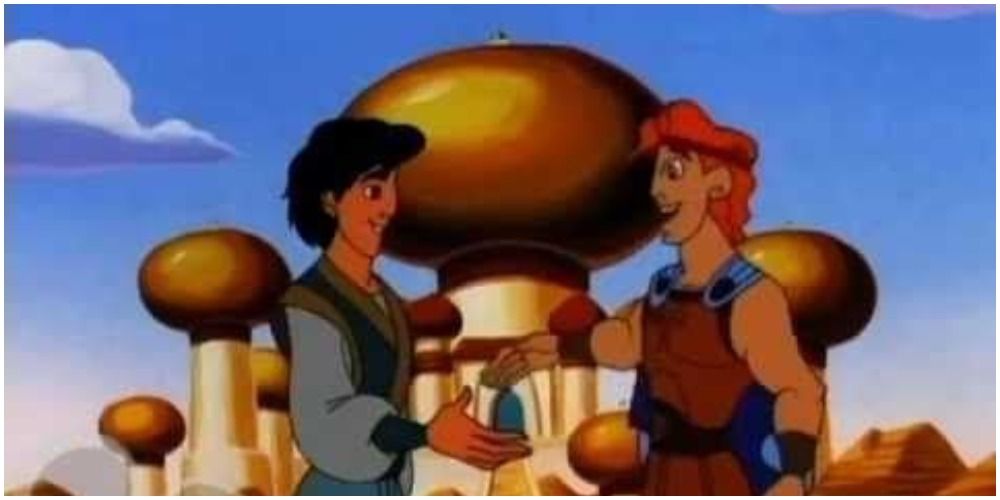Aladdin remains one of Disney's most critically and commercially successful movies of all time. It is still the third-highest grossing traditionally animated movie of all time, with only The Simpsons Movie and The Lion King beating it. Aladdin also won numerous awards, which include two Academy Awards for its soundtrack.
The creation of Aladdin was no simple task and the movie had to endure terrible hardships in order to be completed. This took the form of an overbearing executive who demanded that the whole film be rewritten from scratch, as well as one of the main composers of the movie passing away during production.
Those who worked on Aladdin knew how special the project was, which is why it is one of the most visually impressive Disney movies of all time. It is for this reason that numerous secrets were hidden with the aesthetics and the script of the film, which most fans wouldn't be aware of without an in-depth knowledge of Disney and the people who made the movie.
The complex creation of Aladdin, as well as the incredible success it received after release, meant that the characters and the story were able to spread far beyond the original film. Aladdin and his friends also managed to enter the worlds of other Disney characters, to the point where they were part of a cinematic universe that predates the Marvel one by over a decade.
We are here today to look at the numerous hidden secrets within the Aladdin movies. From the loss of Aladdin's mother during production, to the crossover with the hero of ancient Greece.
Here are Twenty Hidden Secrets Fans Missed In Disney's Aladdin!
20 The Lost Mother Of Aladdin
The pantomime version of Aladdin often includes the titular character's mother as a comedic foil to his actions. Aladdin's mother is usually called Widow Twankey and is often portrayed by a man in drag.
Widow Twankey was conspicuously missing from the Disney version of Aladdin. She was planned to appear in an earlier draft of the movie, which would have included a song performed by Aladdin about her, called "Proud of Your Boy."
Aladdin's mother was cut from the film, due to not being important to the story. This devastated the composers of the film, who were very fond of "Proud of Your Boy" and the relationship between Aladdin and his mother. The song would later appear in the stage productions of Aladdin.
19 The Seinfeld Villain
Aladdin II: The Return of Jafar was one of Disney's early attempts at a direct-to-video sequel to one of their animated properties, which came about due to the popularity of VHS players in homes across the world. Return of Jafar is well-liked by fans of the original, though there is an obvious drop in the quality of the animation, thanks to a lower budget.
The villain of Aladdin II: The Return of Jafar is Abis Mal; the thief who discovers Jafar's lamp and sets him free.
Abis Mal's mannerisms were based heavily on George Costanza from Seinfeld, which might have something to do with the fact that he was voiced by Jason Alexander. This means that the villain of the second Aladdin movie is an Expy of one of the main characters of Seinfeld.
18 The Peddler Fan Theory (Has Been Confirmed)
Aladdin opens up with a mysterious Peddler who promises to tell the audience about the magical lamp that once held the genie.
There had been speculation that the Peddler was actually the Genie in his human form, after being freed from his bonds by Aladdin's final wish. This was due to the fact that he was voiced by Robin Williams and role as the narrator of the story.
It has since been revealed that the Peddler was meant to be the Genie all along, but the scenes where this was explained were left out of the movie. This has been confirmed by the directors of the film. The Peddler appears as a separate character to the Genie in the later Aladdin projects, which means that the original intention was eventually lost.
17 Jafar Was Almost Way More Awesome
Patrick Stewart might look exactly the same as when he recorded the pilot of Star Trek: The Next Generation in 1987, but time catches up to even the baldest man and it has become much more difficult for him to film live-action movies. This hasn't stopped Patrick Stewart from performing voice-over roles, such as when he played the Poo emoji in the much-hated The Emoji Movie.
Patrick Stewart has gone on record as stating that the biggest regret in his career was turning down the role of Jafar in Aladdin, as he was busy with his commitments to Star Trek: The Next Generation at the time. Patrick Stewart was given the chance to voice The Great Prince of the Forest in Bambi II, making him the only actor in the movie who was alive when the first Bambi movie was released.
16 Alienating Out Of Pettiness
Robin Williams' performance as the Genie in Aladdin might be the most memorable aspect of the film. A lot of the Genie's quirky humor was a result of ad-libbing on Williams' part, which the animators worked into the character through the use of his magical shapeshifting.
It seems that the higher-ups at Disney weren't as impressed with Robin Williams as the audience, as they went out of their way to mess with him.
Robin Williams took the role for a lot less money than he usually received, on the proviso that his voice not be used in the marketing of the film and that the Genie wouldn't take up more than a quarter of any promotional material. Disney broke both of these promises to Robin Williams, which caused him to publically denounce the studio. It wasn't until the head of the studio was replaced that Williams was finally convinced to work with Disney again.
15 The Lost Friends Of Aladdin
Aladdin's main friends are a monkey that talks in squeaks that vaguely sound like words and a magic carpet that lacks a tongue. This means that Aladdin is often left talking to himself throughout the film.
The original plan for Aladdin involved him having three close friends who were also street rats and thieves. Their names were Babkak, Omar, and Kassim, and they hung out with Aladdin all the time. The group even had a song, named "Babkak, Omar, Aladdin, Kassim" where they bragged about their camaraderie. Aladdin's friends were written out of the story of the movie and replaced with Abu the monkey. They would later become an important part of the Aladdin musical, where their song would also be restored.
14 The Urban Legend About Teenagers
There have been numerous urban legends surrounding weird secrets that have been snuck into Disney movies. These have included supposed scenes where Jessica Rabbit goes commando in Who Framed Roger Rabbit? and a hidden image in The Rescuers.
Aladdin was also accused of having a hidden inappropriate secret. In Aladdin's case, it involves a scene where involves tries to shoo off Jasmine's tiger and says "Good teenagers, [redacted] your clothes." This is one of those urban legends that is exceedingly difficult to prove either way, due to the fact that the soundtrack covers up a lot of what Aladdin is saying at that moment. The closed captioning claims that Aladdin is saying "Good kitty. Take off" but it sounds like he is saying something else.
13 Jafar's Twin Sister
The 16-bit Aladdin games were considered to be some of the best platform titles on the Sega Genesis/Super Nintendo, which was due to Disney's participation in the production of the game. Aladdin games would continue to be made well into the 32-bit era, with titles like Disney's Aladdin in Nasira's Revenge for the Sony PlayStation.
The titular Nasira is Jafar's twin sister, who is just as evil and powerful as her brother.
She is responsible for trying to restore Jafar to life in order to get revenge on Aladdin. It was an odd choice to use Jafar's sister as a villain, considering that he is named after a man who was ended for pulling a Lannister and being with his sibling.
12 The Changed Song
"Arabian Nights" is the unofficial theme of the Aladdin soundtrack. It was the first song that was played in Aladdin and variations of it would appear in the later films. A version of "Arabian Nights" would also be used as the theme song for the Aladdin cartoon series.
"Arabian Nights" would turn out to be a controversial song when it was first released. This was due to a single line that was considered to be too offensive, which was changed after pressure from the public. This means that the original version of the song was only heard during the initial American broadcast of the film.
The offensive song lyric was "Where they cut off your ear if they don't like your face," which was changed to "Where it's flat and immense and the heat is intense."
11 The Amalgamation Of Aladdin's Design
Disney never worried too much about the details of the designs of their famous princes, as they mainly just had to look pretty and fill out a suit. A lot more attention was given to the design of the princesses, who were usually the focus of the films.
Aladdin's status as the protagonist of the movie meant that a lot more care was given to his design than normal. This design changed over the course of the development of Aladdin, as his character became more complex. The original inspiration for Aladdin's design was Michael J. Fox, during the stage of development when Aladdin was meant to be younger. This was changed to Tom Cruise over time, as they wanted to make him older. Aladdin's pants were also directly inspired by M.C. Hammer's famous outfit from the "U Can't Touch This" video.
10 The Deleted Humiliation Song
Aladdin's first wish is to become a Prince so that he can become worthy of Jasmine's love and gain the social standing that would allow him to marry her.
The fallout of Aladdin's lie is mainly kept to the main characters and we don't see any repercussions for his deception by the end of the story.
There was once a song planned for Aladdin that would have involved Jafar using the power of the Genie to reveal Aladdin's lie. This song was going to be called "Humiliate the Boy" and would have involved Jafar breaking down the secret of the magic used to make Aladdin seem like a prince. "Humiliate the Boy" wasn't used in the film due to being too dark and for Jafar using multiple wishes instead of the promised three.
9 The Inspiration For Razoul
Aladdin's nemesis (before he met Jafar) was Razoul, who acted as the Captain of the Royal Guards of Agrabah. Razoul and his men pursued Aladdin during the days when he was a thief and attempted to capture him on many occasions. Razoul's name wasn't revealed until Aladdin II: The Return of Jafar. His name comes from Rasoul Azadani, who is one of the most prominent Layout Artists and Layout Supervisors at Disney.
Rasoul Azadani has worked on some of Disney's biggest films, including Aladdin, Beauty and the Beast and The Little Mermaid. His most recent credit was as a Layout Artist on Moana. Rasoul also worked on The Simpsons Movie, which is one of only two traditionally animated films to make more money than Aladdin at the box office.
8 Iago Comes From Shakespeare
Robin Williams' performance as the Genie might be the most memorable character in Aladdin, but a close second would have to be Iago, who was played by Gilbert Gottfried. Iago was the cowardly comedic foil to Jafar, who would go on to become a good guy in his own right.
Iago is based on a character of the same name from Shakespeare's Othello. Iago is Othello's most trusted advisor, yet he secretly plans on bringing about Othello's downfall, due to Iago being passed over for a promotion. The duplicitous nature of the original Iago can be seen in the version in Aladdin, as Iago would go on to betray Jafar and become an ally of Aladdin and his friends in the later installments of the series.
7 The Thieves Who Cobbled Footage Together
There are many people who believe that Aladdin plagiarised another movie that had been in development since the mid-sixties, called the Thief and the Cobbler. This was a movie that was also inspired by Arabian mythology, though not as directly as Aladdin was.
One of the most obvious comparisons between Aladdin and The Thief and the Cobbler involves a character named Zigzag, who was voiced by Vincent Price. The blue-skinned design of Zigzag clearly inspired the Genie, which his role as a villainous vizier would also act as inspiration for Jafar's role in the story.
The success of Aladdin actually helped The Thief and the Cobbler find the funding to be finished, as it had spent years in development hell. The finished product is considered to be a mess, with the animation ranging from being incredible to segments that were clearly rushed in order to meet a deadline.
6 The Director Cameo
It's not unusual for artists and writers to include caricatures of themselves in animated features and comic books. Stan Lee might be the biggest offender in this regard, as his animated simulacrums have appeared in most of Marvel's cartoon series.
Ron Clements and John Musker worked on several prominent Disney movies, which included directing Aladdin, Hercules, Treasure Planet, and most recently, Moana.
Ron Clements and John Musker have a habit of including animated versions of themselves in their movies. They did this in Aladdin when the title character is walking through the crowd in order to get a better look at Prince Achmed. Two of the citizens who are gawking at the Prince are based on Ron Clements and John Musker.
5 Jafar's Lost Song
Jafar's musical numbers were one of the prime candidates for culling during the development of Aladdin. He was planned to have several musical numbers throughout the film, one of which was "Humiliate the Boy," but they were mostly cut due to time constraints and a lack of relevance to the story.
Jafar had two other songs that were planned to appear in Aladdin, called "My Finest Hour" and "Why Me?"
These two songs were similar in terms of story purpose, with "My Finest Hour" being sung when Jafar used the Genie's magic to take over Agrabah, while "Why Me?" was going to be used during the segment when Jafar used a wish to become a Sultan and have his magical powers increased. These songs were likely cut due to being redundant, as it didn't require two whole songs to show how powerful Jafar had become with the Genie's help.
4 I Dream Of Eden
The Aladdin cartoon series opened the possibility for more supernatural beings to be discovered in Agrabah. This included other djinns, as Genie proved in Aladdin that it was possible to create others like himself using the power of wishes.
A beautiful female genie actually appeared in the Aladdin cartoon. Her name was Eden and Genie instantly fell in love with her. The two of them were unable to be together during the story of the series, as a man named Dhandi used his final wish to keep her close to his side until his demise. Eden's name and character design was a shout-out to the TV show I Dream of Jeannie, where the main character was played by an actress named Barbara Eden.
3 The Mysterious Dinosaur
The writers of the Aladdin cartoon series had to come up with numerous ideas in order to expand the world that was established in the first movie. This allowed them to go through all of the established Arabic fairy tales and myths, whilst occasionally delving into those created by ancient Egypt.
It seems that the writers of the Aladdin cartoon ran out of ideas quickly, as they were forced to rely on dinosaurs as villains.
The episode called "Much Abu About Nothing" involved Aladdin and his friends going to the jungle (of where there are tons in the Middle-East) where they encounter a T-Rex, which survived the extinction of its species in order to hassle Abu and chase him around in several exciting scenes.
2 The Live Action Reference Material
It's easy to replicate realistic human movements in animation nowadays, thanks to motion capture suits that can track how someone walks so that it can be recreated using a computer.
Disney had to use a more primitive approach with many of their earlier films before motion capture was invented. They did this by filming live action scenes and using them as reference material, which they could then translate into animation.
A lot of the major musical numbers in Aladdin were filmed using professional dancers before they were animated. You can find most of these on the Aladdin home releases, as segments of some of the most important scenes were included in the behind-the-scenes documentaries that were included as special features.
1 The Original Kingdom Hearts
The "A Whole New World" segment of Aladdin features a Pegasus, which has led many fans to conclude that the movie takes place in the same world as Hercules, though likely at different points in history.
Aladdin and Hercules actually take place at the same time.
We know this due to an official crossover between the two series that happened on Hercules: The Animated Series. "Hercules and the Arabian Night" involves an alliance between Hades and Jafar, which forces Aladdin and Hercules to team up. This episode is chronologically the last appearance by Aladdin, as it takes places after the third movie, due to him being married to Jasmine.
"Hercules and the Arabian Night" also predates Kingdom Hearts as a crossover story by three years.

